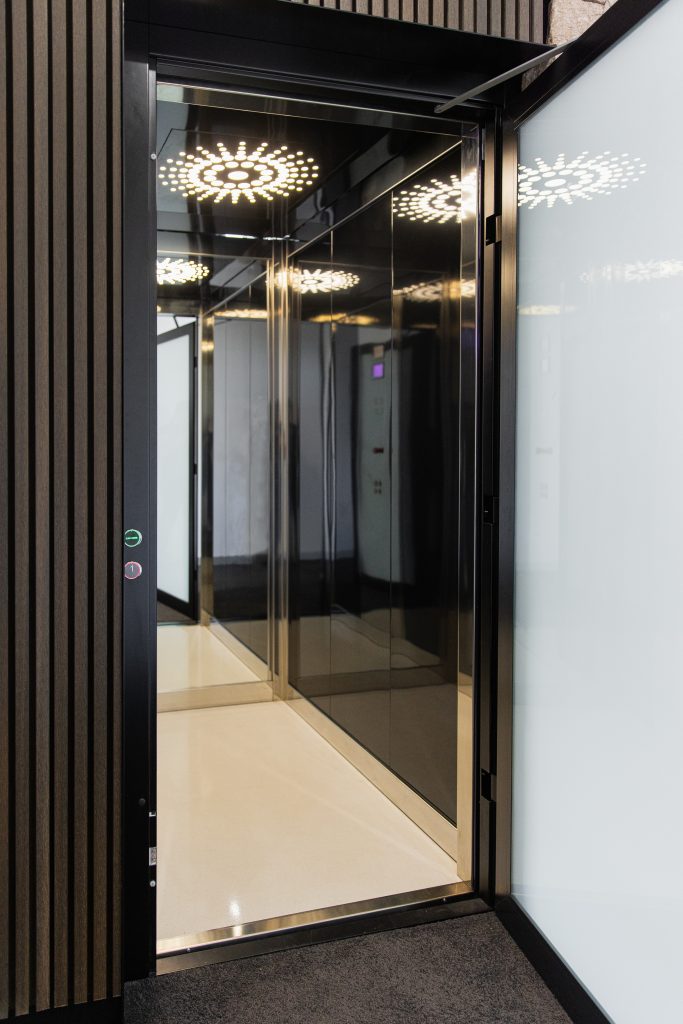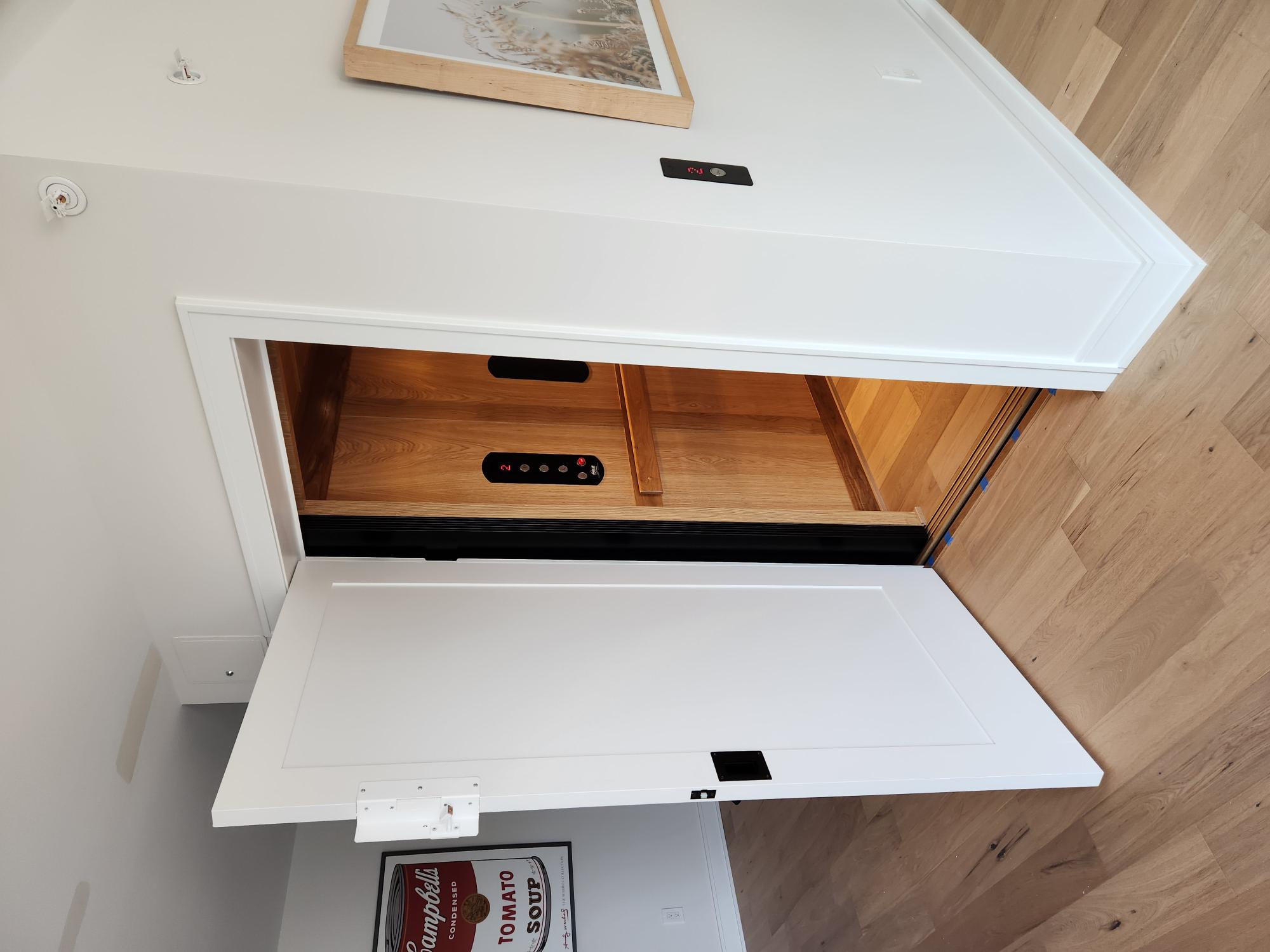Locate Dependable Lift Repair Near Me for Rapid and Affordable Service
Wiki Article
Digging Into the Globe of Lifts: Common Problems Dealt With by Various Lift Systems
As we browse via the vertical transport systems of contemporary buildings, lifts attract attention as a vital part of our daily lives. Nonetheless, behind their seamless procedure exists a world of intricate systems that can in some cases encounter obstacles. From hydraulic lifts to traction systems and machine-room-less layouts, each lift type includes its collection of common concerns. Recognizing these challenges is essential for ensuring the smooth functioning of these essential systems. Allow's explore the intricacies that underlie the procedure of elevators and the potential problems that can develop, losing light on the detailed internet of lift devices.Hydraulic Elevators
Hydraulic elevators, frequently chosen for low-rise structures, make use of fluid stress to control the motion of the lift car (lift repair companies). This mechanism entails a hydraulic pump pressing oil right into a cylinder, causing the lift to move in the preferred instructions. While hydraulic lifts are recognized for their peaceful and smooth operation, they do include their own set of typical problemsOne widespread issue with hydraulic elevators is oil leakage. The seals in the hydraulic system can wear with time, leading to oil infiltration. If left unaddressed, this not just creates a mess yet can likewise affect the elevator's performance. Additionally, issues with the control system, such as defective valves or a malfunctioning pump, can cause disturbances in the elevator's motion.
Normal maintenance and prompt repair work are important to guarantee the smooth functioning of hydraulic elevators. By addressing these usual concerns proactively, structure proprietors can decrease downtime and ensure the safety and efficiency of their vertical transportation system.
Traction Elevators
When considering upright transportation systems in buildings, one more usual type other than hydraulic lifts is the grip elevator. Grip lifts operate using a system of ropes and counterweights that relocate the lift auto by gripping onto the hoist ropes. This mechanism permits smoother and quicker upright transportation contrasted to hydraulic systems.Among the typical problems faced by traction elevators is rope wear. The constant activity of the ropes within the traction system can lead to damage gradually, potentially causing the lift to breakdown or become hazardous for usage. Normal evaluations and maintenance of the ropes are vital to make sure the lift's correct performance and safety and security.
An additional problem that traction lifts may run into is connected to the control system. Problems with the control system can result in problems such as erratic motion, delays in action times, or perhaps complete shutdowns. Normal testing and maintenance of the control system are critical to stop such problems and ensure the lift's integrity.
Machine-Room-Less (MRL) Lifts

One of the essential elements of MRL elevators is the portable gearless grip equipment that is set up within the hoistway. This equipment effectively drives the elevator auto without the need for bulky tools found in conventional traction elevators. Furthermore, MRL elevators normally use a counterweight system to balance the vehicle, more improving their power effectiveness.
Regardless of their advantages, MRL elevators may encounter difficulties associated with repair and maintenance as a result of the restricted area for tools installment. Access for servicing elements within the shaft can be restricted, requiring specialized training for professionals. Correct upkeep timetables and normal assessments are crucial to make sure the continued smooth procedure of MRL elevators.
Overloading and Weight Restriction Issues
Overwhelming and weight limit problems are essential issues in elevator procedures. Elevator makers layout raises with specific weight capacities to make certain passenger safety and tools longevity.When elevators are strained, it places excessive pressure on the motor, cable televisions, and other elements, possibly triggering malfunctions or failures. Safety and security mechanisms such as sensing units and overload sensing units remain in place to stop elevators from moving if they find excess weight. Furthermore, exceeding weight restrictions can result in raised power usage and deterioration on the lift system.
To mitigate overloading issues, building managers ought to plainly present weight limitations in lifts and educate occupants on the significance of adhering to these constraints - lift repair companies. Routine upkeep checks by qualified technicians can additionally assist make certain that elevators are running within safe weight criteria. By dealing with overloading and weight limit issues proactively, structure proprietors can enhance lift safety and efficiency
Electric System Failings
Going beyond weight limits in elevators can not only cause mechanical concerns but additionally possibly add to electrical system failings within the lift infrastructure. Electric system failures are a critical worry in elevator operation, as they can cause unexpected shutdowns, malfunctions, index or perhaps safety risks. One typical electrical problem is the overheating of components because of excessive current circulation triggered by overloading the elevator beyond its ability. This can lead to damage to the control, wiring, or electric motor systems, causing expensive repairs and downtime.Regular maintenance and inspections are essential to determine and resolve possible electrical directory issues quickly, making certain the secure and reliable procedure of elevator systems. By sticking to weight restrictions and carrying out regular electric system checks, structure proprietors can reduce the threat of electric failures in elevators.
Conclusion

Hydraulic lifts, this website frequently favored for low-rise structures, use fluid pressure to manage the motion of the elevator cars and truck.When considering upright transportation systems in structures, one more usual kind aside from hydraulic elevators is the traction elevator. Traction elevators run utilizing a system of ropes and counterweights that move the elevator vehicle by clutching onto the hoist ropes. Unlike typical lifts that require a different maker space to house the equipment, MRL elevators incorporate most of the parts within the shaft, getting rid of the demand for a committed equipment space.In final thought, lifts encounter common issues such as hydraulic breakdowns, traction system failures, and electric system issues.
Report this wiki page